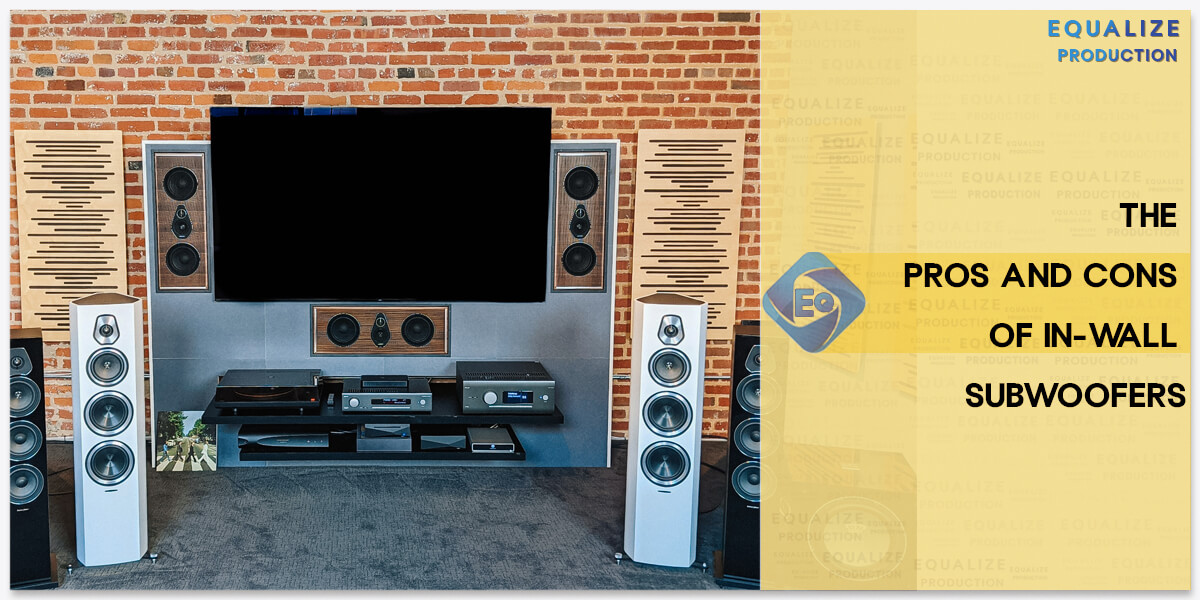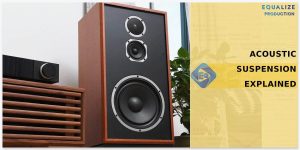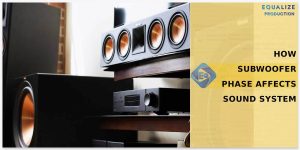Are you looking to elevate your home audio experience? If so, the hype around in-wall-powered subwoofers might have piqued your interest. These innovative audio components are gaining popularity for seamlessly integrating into your home’s architecture while delivering robust bass performance. In this article, I’ll share with you in-wall subwoofers, explaining on what they are, how they function, and what distinguishes them from traditional subwoofers.
What are in-wall subwoofers?
Before delving into the pros and cons compared to traditional subs, let’s clarify what in-wall subwoofers entail. In-wall subwoofers, often referred to as “subwoofer wall builds,” are specialized speakers designed for direct installation into your home’s walls. Unlike traditional subwoofers, which occupy floor or corner space, these discreet subwoofers become an inconspicuous part of your room’s design. This distinction is important, especially when considering the advantages of shallow mount vs regular subs. Shallow mount subwoofers are designed with a reduced depth, making them ideal for installations where space is limited, such as in-wall applications. This unique feature allows you to optimize your audio setup while maintaining the clean and uncluttered aesthetic of your living space.
In-wall subwoofers consist of a speaker driver, an enclosure, and an integrated amplifier. The speaker driver generates low-frequency sound (bass), while the enclosure ensures proper acoustics and containment. The integrated amplifier powers the subwoofer, providing the amplification necessary for deep, powerful bass tones.
This unique fusion of performance and design aesthetics makes in-wall subwoofers, particularly when part of a well-thought-out subwoofer wall design, an appealing choice for those in search of both outstanding bass performance and a clutter-free living environment.
The advantages of in-wall subwoofers
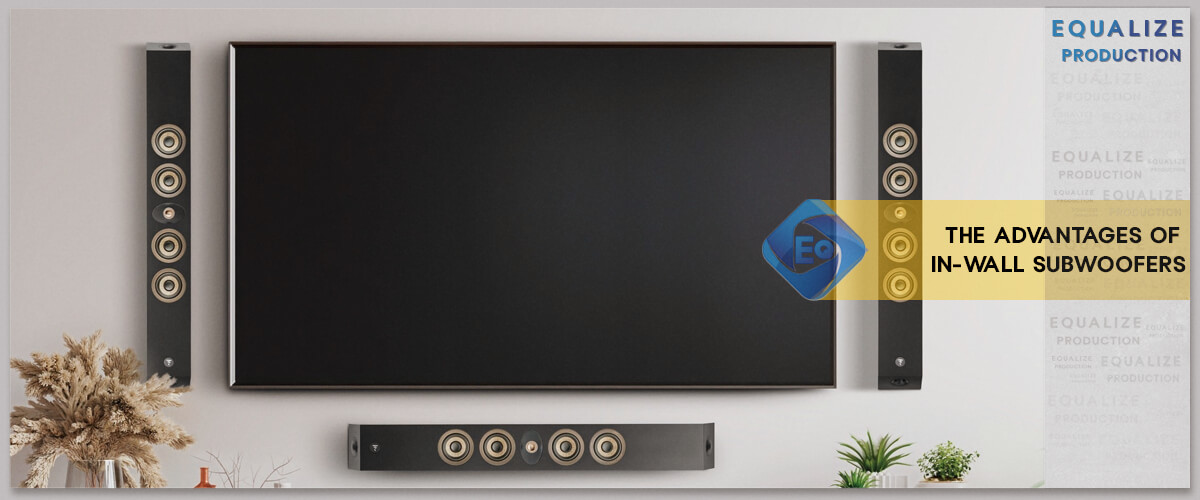
- Aesthetic appeal. One of the standout benefits of in-wall subwoofers is their ability to enhance a room’s aesthetics. By seamlessly integrating into the wall, these subwoofers create a cleaner, more minimalist appearance.
- Space efficiency. In-wall subwoofers are champions of space efficiency. In contrast to traditional subwoofers that demand floor or corner real estate, these discreet components save valuable floor space. This space-saving design is particularly advantageous in smaller rooms, home theaters, or spaces where every square foot matters.
- Safety first. With in-wall subwoofers, safety takes a front seat. The absence of visible wires and equipment on the floor reduces the risk of tripping hazards and accidents.
The drawbacks of in-wall subwoofers
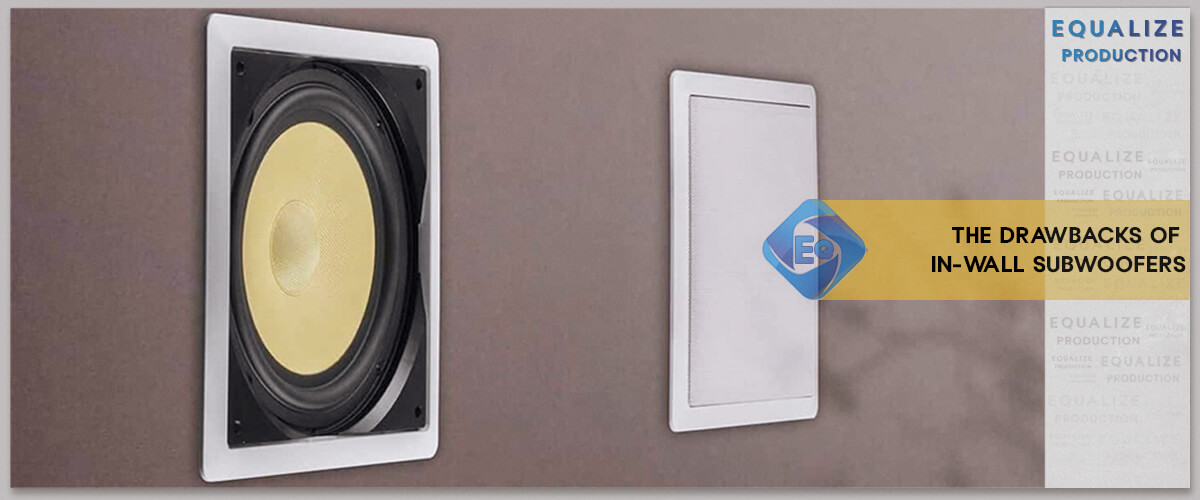
- Installation complexity. Installing in-wall subwoofers can be a challenging and time-consuming process. It typically involves cutting into your walls, routing cables, and ensuring proper placement for optimal sound quality.
- Limited accessibility. Once installed, accessing in-wall subwoofers for maintenance or upgrades can be difficult. Unlike traditional standalone subwoofers that can be easily moved or serviced, in-wall models are enclosed within the walls themselves, making repairs or modifications less convenient.
- Sound limitations. In-wall subwoofers may face acoustic limitations due to their placement within walls. The physical constraints of wall-mounted installation can impact bass dispersion and resonance compared to traditional subwoofers that can be strategically placed in the room for optimal sound.
Comparing in-wall subwoofers to traditional subwoofers
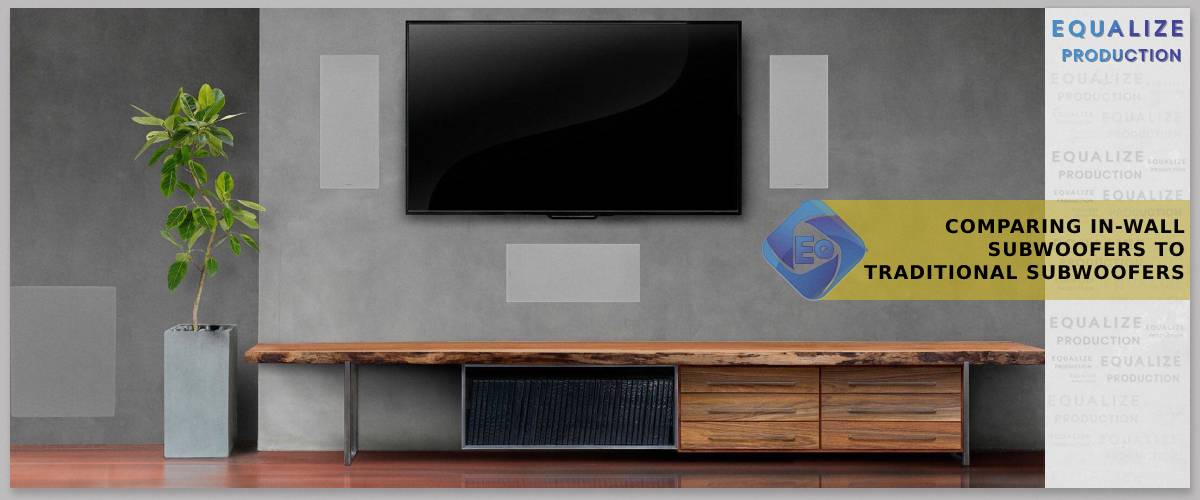
There are several factors that should be considered when you hesitate between choosing the in-wall and traditional subwoofers:
- Performance. If we take a look at the sound quality, both types of subwoofers have great sound experiences. But, I want to draw your attention that the traditional one delivers more resonant bass. Also, by choosing the optinal space in your room you can highly increase this sound quality.
- Cost impact. The cost difference between these two types of subwoofers lies in the cost of additional help you may need to set up. In-wall subwoofers usually need the help of professional assistance, so it will make you additional expenses. On the other hand, traditional subwoofers are much easier to set up, and you can do it just by reading through the manufacturer’s installation guide.
- Installation. In-wall subwoofers require a more complex installation process, involving cutting into walls and routing cables. This can be time-consuming and may necessitate professional installation. Traditional subwoofers, on the other hand, are straightforward to set up and can be placed where they better suit your room’s acoustics.
- Flexibility and adaptability. Traditional subwoofers offer greater flexibility as they can be easily moved or adjusted to different positions to optimize sound. In-wall subwoofers, once installed, lack this adaptability, making changes or upgrades more challenging.
- Longevity and durability. Both types can be equally reliable and durable if properly maintained. However, traditional subwoofers are typically easier to access for maintenance or repairs.

